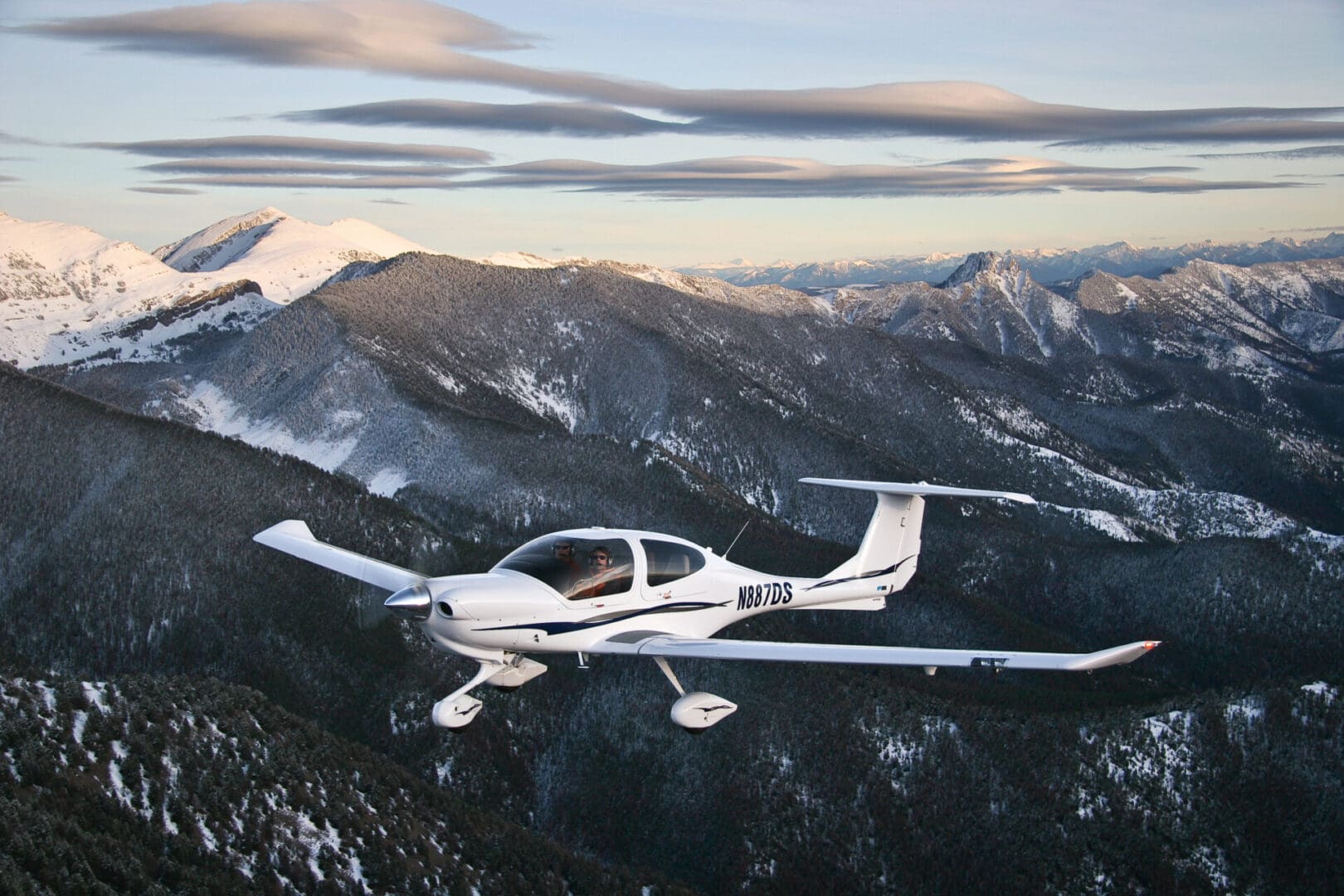
Winter Flying Safety: Essential Tips for Snowy Landings & Takeoffs
Introduction: Embracing winter flying safety, this guide offers visually stunning experiences coupled with unique challenges, especially in landing and taking off in snowy conditions. Understanding how to navigate these situations is crucial for every pilot, from beginners to seasoned veterans. Let’s delve into some vital tips for dealing with snow-covered runways and cold weather flying.
1. Pre-Flight Preparation:
- Weather Check: Begin with a thorough check of the latest weather forecasts. Snowy conditions can change rapidly, making it essential to be aware of the forecast for your entire route, including alternate airports.
- Aircraft Inspection: Pay extra attention to critical areas such as wings, control surfaces, propellers, and engine inlets for any snow, ice, or frost build-up. Use a deicing fluid if necessary.
- Briefing: Discuss the plan with your crew, focusing on alternative strategies if weather conditions worsen unexpectedly.
2. Mastery in Takeoff:
- Deicing Process: Ensuring the aircraft is free of ice and snow is crucial for winter flying safety, as even a small amount of ice can significantly impact aerodynamics and performance.
- Understanding Runway Conditions: Check the current state of the runway. A snow-covered runway can reduce friction, affecting your acceleration and braking capabilities. Adjust takeoff speed and distances accordingly.
- Engine Management: Cold weather can be tough on engines. Ensure a proper warm-up and monitor engine parameters closely during takeoff.
3. Precision in Landing:
- Modified Approach: Adjust your approach speed if necessary, factoring in potential wind gusts and reduced aerodynamic performance due to cold temperatures.
- Runway Choice: Opt for runways that have been adequately cleared of snow and treated for ice. Use runways with advanced landing systems to assist in low-visibility conditions.
- Braking: Be prepared for less effective braking on snowy or icy runways. Use reverse thrust if available, and apply brakes gently to avoid skidding.
4. After Landing:
- Careful Taxiing: Taxi slowly and avoid sharp turns on icy surfaces. Use minimum power and brake gently to prevent sliding.
- Post-Flight Check: After landing, inspect your aircraft for any signs of ice accumulation or potential damage from ice or hard landings.
Conclusion: Adhering to winter flying safety is essential in snowy conditions. This requires meticulous preparation, a solid understanding of your aircraft’s capabilities, and an unwavering focus on safety. By adhering to these guidelines, pilots can ensure a more secure and enjoyable experience during winter flights. Remember, the ultimate decision to fly rests with you, the pilot. If conditions seem too challenging, there’s no shame in postponing your flight. Safety always comes first in the skies.
